Disclaimer: This blog post contains affiliate links. If you make a purchase through these links, I may earn a small commission at no additional cost to you. Learn More. Thank you for supporting our garden community.
Best Tips for Brassica Planting in the Fall and Winter
Last Updated: October 2, 2024
Are you looking to enhance your fall garden with a variety of nutritious and flavorful vegetables? Look no further than brassicas! Brassicas, also known as cruciferous vegetables, are a group of plants that include cabbage, broccoli, cauliflower, kale, and more. These cool-season crops thrive in the fall and can be a rewarding addition to any garden. Today, we will learn about brassica planting in the fall and how to set up your fall and winter brassica garden.
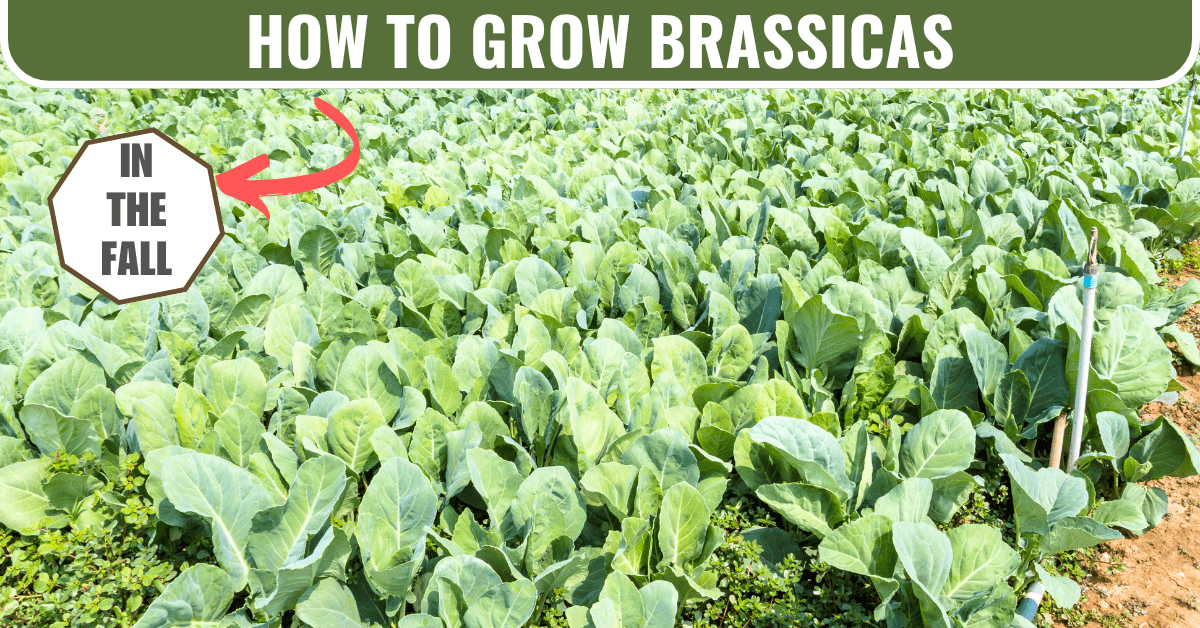
Brassicas can be tricky to grow, especially for beginner gardeners. However, by following this information, your brassicas will be as productive and delicious as your tomatoes this year!
Brassica Planting in the Fall
Here’s what you will learn from reading this article:
- Harvesting Techniques: Understand when and how to properly harvest different brassica crops for peak flavor and freshness.
- Optimal Planting Time: Learn when to plant brassicas in late summer or early fall for a successful harvest, based on your climate and frost dates.
- Best Brassica Varieties: Discover which brassicas—like kale, broccoli, or collard greens—are best suited for cold, mild, or warm climates.
- Pest Control Tips: Get practical advice on managing common brassica pests such as cabbage worms and aphids using natural methods.
Best Time to Plant Brassicas
Timing is crucial when it comes to planting brassicas for a successful fall or winter harvest. As cool-season crops, they prefer cooler temperatures for optimum growth. The best time to plant brassicas varies depending on your location but generally falls around late summer to early fall.
This way, it saves your brassicas from the hottest parts of the year, and gives them enough time to mature before the coldest parts of the year.
How to Ensure Successful Brassica Planting
Transplanting seedlings is recommended 6-8 weeks before the first expected frost date in your area. For example, if my first frost date is November 11, I want to plant my brassica seedlings around mid-September. This allows the plants to establish strong root systems and ensures they are ready to thrive during the cool fall / winter months.
Direct-sowing brassica plants is almost always a bad thing to do for couple of reasons:
- Pest Pressure: Pests will attack very young seedlings more than established plants because they are easy targets. Older plants have more leaf tissue, and therefore can defend themselves against pests better.
- Maturity Time: Brassicas generally take a long time to mature. That being said, if you are direct-sowing your brassica seeds, they won’t have enough time to mature properly and give you a sizeable harvest.
Just start your seeds indoors, or buy the seedlings directly from a local nursery.
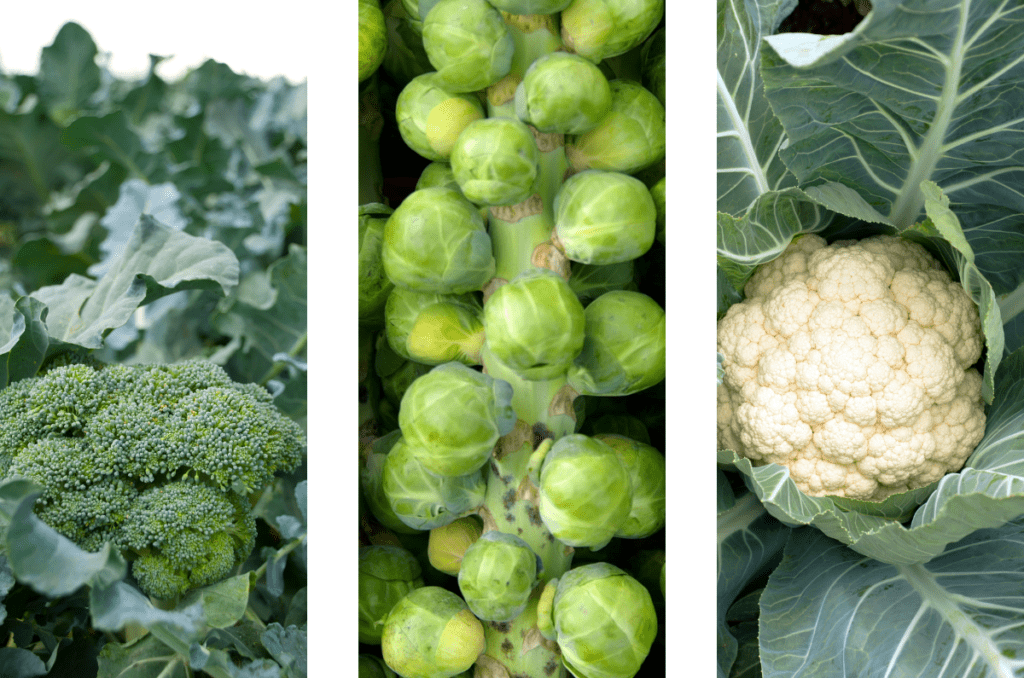
Best Brassica Plants for Your Climate
Knowing which brassica varieties are best suited for your particular climate will greatly increase your chances of success. Some varieties tolerate colder temperatures, while others are more heat-tolerant. Here are a few popular choices for different climates:
- Cold Climates: Opt for cold-tolerant brassicas like kale, Brussels sprouts, and kohlrabi. These hardy varieties can withstand hard frosts and even improve in flavor after being exposed to cold temperatures.
- Mild Climates: In regions with mild winters, consider planting broccoli, cauliflower, and cabbage. These brassica varieties prefer temperatures between 60 and 70°F and can truly take off in these conditions.
- Warm Climates: If you have a warm climate, try heat-resistant brassicas such as collard greens, mustard, and Asian greens. These can handle higher temperatures but may still bolt or turn bitter if exposed to extreme heat for prolonged periods.
Where to Plant Brassicas
Brassicas thrive in areas with full sun, so choose a spot in your garden that receives at least 6-8 hours of direct sunlight every day. Additionally, ensure the soil drains well, is fertile, and enriched with lots of organic matter, as brassicas are heavy feeders. Before planting, prepare the soil by removing any debris, rocks, or weeds.
Mix in compost or well-rotted manure to the soil to improve it’s structure and provide essential nutrients for your brassica plants. Consider using raised beds, containers, or grow bags when planting brassicas, as they allow for better drainage and are also easier to protect from pests.
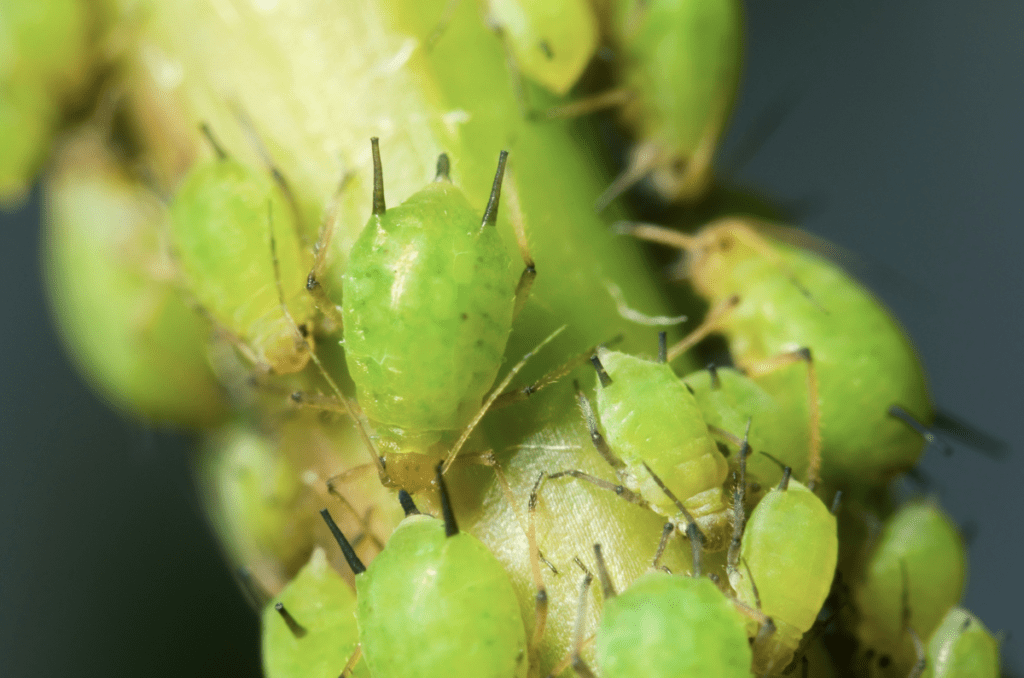
Common Pests and How to Deal with Them
While brassicas are generally robust plants, they can attract a few common pests. Being proactive with pest management is essential to prevent damage to your harvest. Here are some pests you may encounter when growing brassicas and the best ways to deal with them:
- Cabbage Worms: These green caterpillars can quickly devour brassica leaves. Handpicking them off the plants is an effective organic method. Alternatively, spray the plants with a mixture of water and pure castile soap to deter the worms (this method is also organic).
- Aphids: These tiny insects can suck the sap from brassica plants, along with many others, causing stunted growth. Protect natural predators like ladybugs, lacewings, and (I hate to say it) earwigs 🤮 to control aphid populations. Additionally, spraying neem oil or castile soap mixed with water can also help prevent infestations.
- Cabbage Root Flies: These pests lay eggs at the base of brassica plants, leading to root damage. To protect your brassicas, cover the soil around the plants with insect netting or floating row covers. Sometimes, even a thick layer of mulch can also deter the flies from laying eggs.
Honestly, when it comes to brassicas the best thing is to just avoid all of this by using insect netting throughout the lifespan of your plants. Keep the netting on for the entire season, seriously, because pests can quickly take over your brassica plants.
How to Water Brassicas
Proper watering is crucial for the health and growth of brassica plants. While these plants do prefer consistently moist soil, they do not tolerate extremely wet or waterlogged conditions.
Water deeply once or twice a week (depending on how hot it is), allowing the top few inches of soil to dry out very slightly between watering. When watering, direct the water to the soil to avoid wetting the foliage. This helps prevent diseases like powdery mildew.
However, if the temperatures rise too high, a nice spray of cold water on the leaves never hurt nobody, right? This is typically what I do, but don’t get too excited with it, as this too can lead to powdery mildew.
Harvesting Brassicas
The time to harvest brassicas varies depending on the specific crop and desired maturity level. Here are some general guidelines for harvesting common brassica varieties:
- Cabbage: Harvest cabbage heads when they feel firm and tight, and have reached the correct size according to the variety. Use a sharp knife to cut the head just above the base. The outer leaves are edible as well!
- Broccoli: Harvest broccoli florets when they have fully developed but haven’t begun to open, or when they reach the correct size according to the cultivar. Cut the stems about six inches below the head to encourage regrowth of side shoots. The side shoots, along with the leaves, are also edible and delicious.
- Cauliflower: For white cauliflower heads, blanch them by tying the outer leaves over the head when it reaches your desired size. Harvest once they have fully matured. To check for maturity, gently press the sides of the head. If it feels firm, it is ready to be harvested.
- Kale: Harvest young and tender kale leaves by cutting them just above the lowest set of leaves. This allows for continual growth and ensures a fresh supply of nutritious greens.
Remember, fresh brassicas are packed with flavor and nutrients, so be sure to include them in your fall culinary endeavors. From roasted Brussels sprouts to cauliflower fritters, the possibilities are endless!
Discussion Questions:
- What brassica varieties have you had success with in your garden? Was it a cool-season or warm-season harvest?
Please let us know in the comments below!
Frequently Asked Questions
Brassicas are a large family of vegetables known for their clusters of edible flowers, leaves, or stalks. This includes many familiar favorites like: broccoli, caulilfower, kale, and Brussels sprouts.
Many brassicas prefer cool weather and well-drained soil. They can be grown from seeds or transplants, depending on the variety and your climate.
Brassicas can be stored in the refrigerator for several days. For longer storage, they can be blanched and frozen.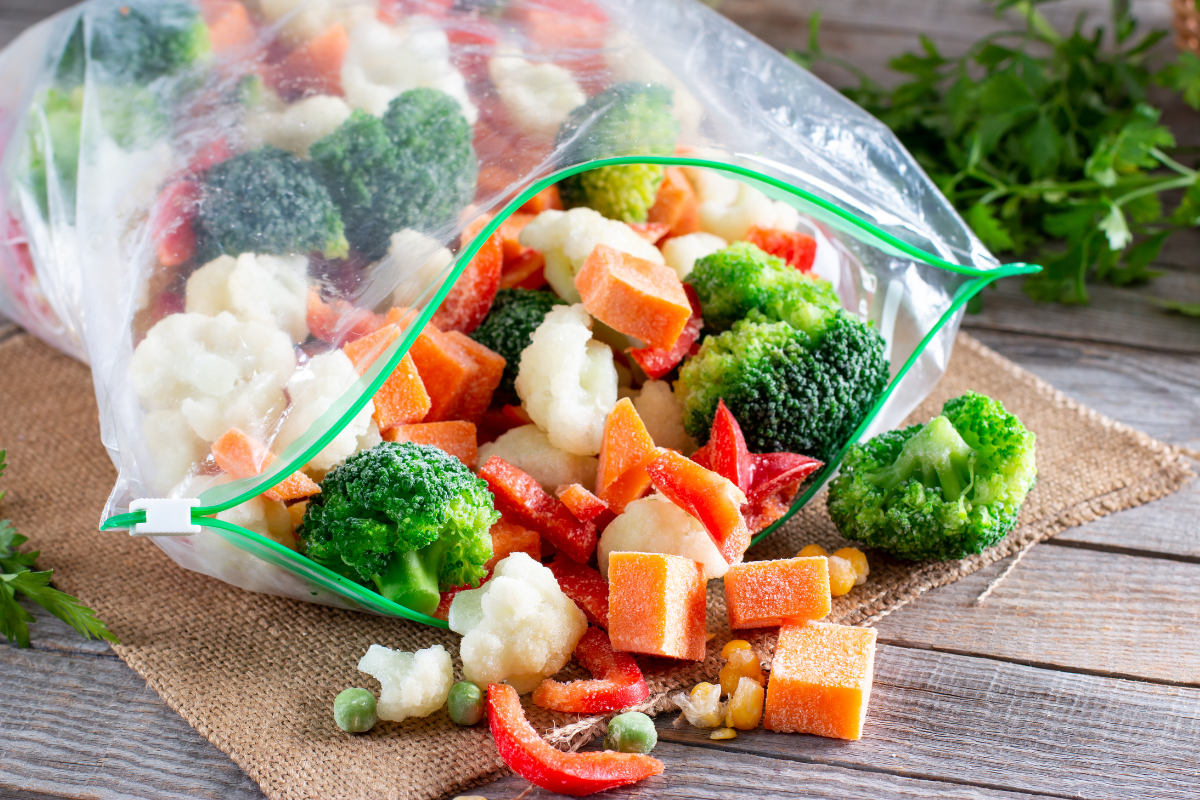
Even More Gardening Ideas
Here are a few more posts to get the ball rolling in your garden!
- How to Grow Mushrooms in Your Backyard Garden
- How to Grow Giant Pumpkins from Seed!
- 20 Fast Growing Vegetables to Plant in September
Products
To buy organic, non-GMO lavender seeds, check out SeedsNow.
For a wide selection of perennial garden plants, check out Nature Hills Nursery.
For gardening equipment, check out Bootstrap Farmer
Brassica planting in fall and winter can be a rewarding gardening experience. By following these guidelines, choosing the right varieties, providing proper care, and protecting against pests, you can enjoy a bountiful harvest of nutritious and delicious brassica crops. Prepare your tools and get ready to enjoy the benefits of growing your own brassicas this year!
Happy gardening and enjoy your fall or winter harvest of delicious and nutritious brassicas! Leave a comment below about how you like to enjoy brassicas.
If you enjoyed this article, consider sharing it with your friends so they can grow delicious brassicas from their garden as well! If you’re new here, consider signing up for our email newsletter; don’t worry, we won’t send you spam, just fresh gardening ideas every Monday and Friday!
If you want to learn more about gardening, foraging, nature, and sustainability, check out The Real Gardener on Instagram, YouTube, and Pinterest.
Pin this post for later:
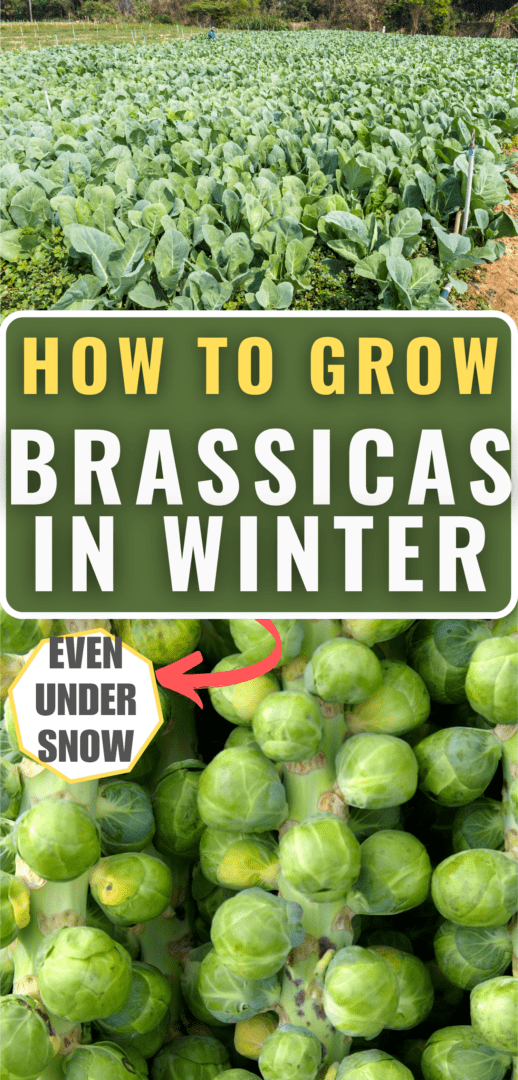
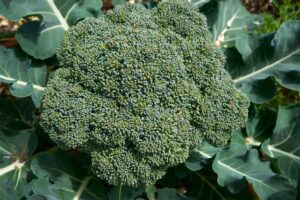
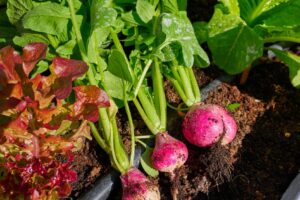
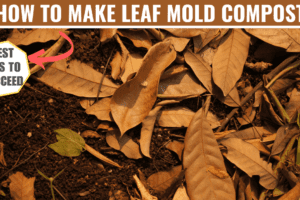

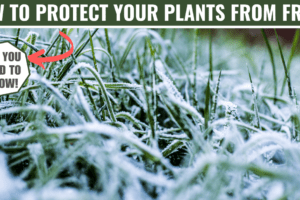
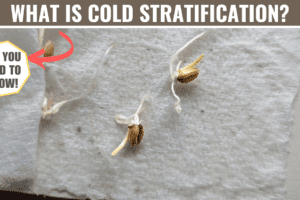
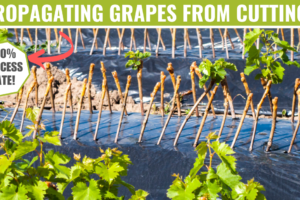
Leave a Reply